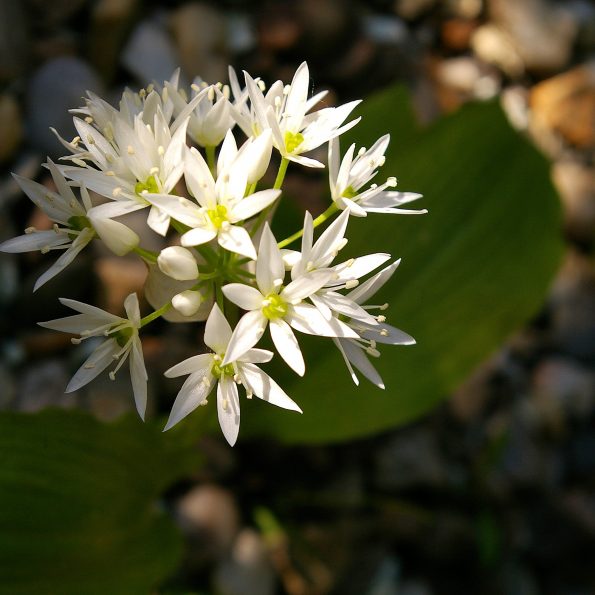

The lack of connection to the seasons, what grows and when, is a bittersweet consequence of modern transport and associated technologies. Believe me I’m as guilty as the next person for buying strawberries in winter because the supermarket allows me to. It opens us to the availability of all sorts of produce at any time of the year but this convenience has tampered with our sense of what and when. It doesn’t, however, mean that we can’t very simply educate ourselves to gain a basic grasp of what the seasons bring. Price is one indicator, abundance another, and quality a most definitive guide. A simple online search will give you a comprehensive list of what is at its best in each month of the year. Visiting a local food market will show you that list in all its finery.
I’m not much of a forager but I am intrigued by the bounty of the Irish landscape and of course by the natural gifts of each of the seasons. There is so much on offer, from the untapped resource of seaweed, sea vegetables, mushrooms, elderflower, and berries such as blackberries and damsons. For me though, wild garlic, or ramsons, is one of those really simple first steps into gathering your produce from the outside to use at home. It’s basically foraging 101, right up there with blackberries in autumn. It’s plentiful and because of the wonderful garlicky smell from its white flowers (which appear later in spring) is also incredibly easy to find. If you live close to a woodland you’re sure to find it as it tends to be widespread, growing in shady areas. With a season of early March to the end of April, the time is now. It’s also incredibly versatile, from using young leaves in salad, chopped and added to potato cakes, to sauces such as a pesto. Pick the leaves, keeping the root intact. Make sure you wash the leaves well and pat dry before use and as with anything foraged if you are unsure about it don’t eat it.

The white flowers, which appear later in spring, can also be eaten. Sprinkle over soup or into salads
Pesto can be broken down into constituent parts; herb or leaf, garlic, nut, cheese, and oil. Classic green pesto, Pesto alla Genovese, takes basil, pine nuts, parmesan cheese, and extra virgin olive oil but there is huge room for play and experimentation with these core ingredients.
When it comes to the oil used in this pesto, or any pesto for that matter, I like to use a blend. Regular olive oil is mild but lacking somewhat in depth of flavour. Extra virgin olive oil, unless using a very good bottle, can present a fruity grassiness that can overpower when used on its own in a raw sauce such as this. Finally rapeseed has a nutty earthiness that affords a complimenting flavour profile when used in conjunction to the other two oils. My advice is to use 50% Olive oil and 25% each of extra virgin and rapeseed or perhaps a third of each.
In terms of the nuts used it’s entirely up to you. Pine nuts are obviously the classic choice but I like to use walnuts because they’re readily available, cheap, have good flavour, and I usually have a bag knocking about in my cupboards. Hazelnuts are another good alternative for the reasons just outlined, as perhaps are almonds. Try them out, see what you think, and go with your preferred option. Toasting the nuts is optional but I do think it makes quite a difference in the end product and is well worth the little extra effort. For the cheese Parmesan is classic of course and tends to be what I use most often. However any other hard cheese like Grano Padano (another Italian cheese similar to Parmesan) or indeed a crumply mature cheddar can work well too. The lemon juice isn’t classic but I think just a touch brings this to life. Use as you would any pesto so serve with pasta for a simple supper. Alternatively mix a couple tablespoons with some mayonnaise and add to cooked baby potatoes for a potato salad with a twist. Or indeed serve as a delicious simple side to grilled meats.
Wild Garlic Pesto
Ingredients
Method